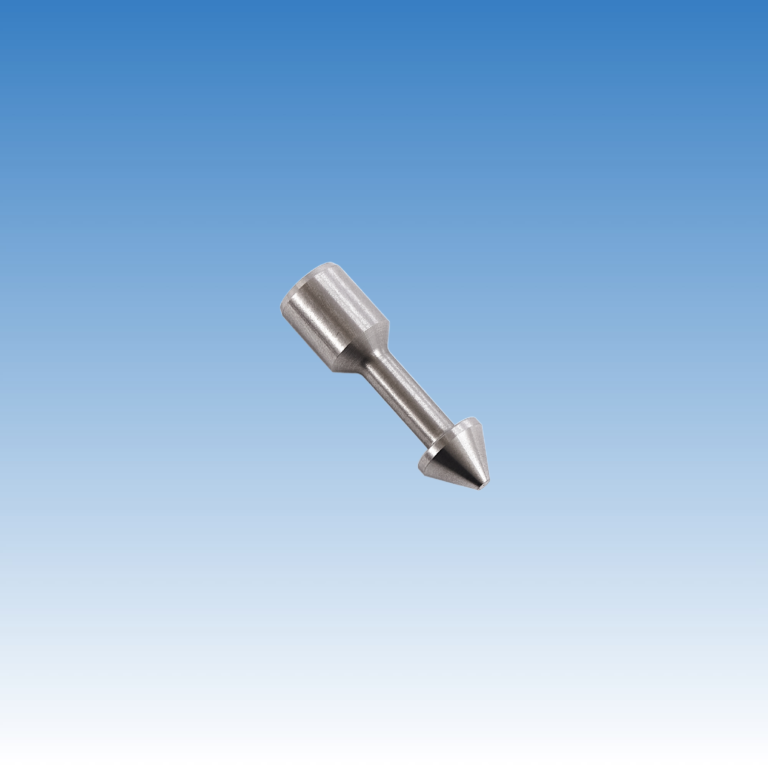Choosing the wrong stainless steel fastener could lead to early corrosion, structural failure, or customer complaints. The ISO 3506 standard helps avoid all that—if you know how to use it.
The ISO 3506 standard defines stainless steel grades for fasteners based on their material composition, corrosion resistance, and mechanical properties. Grades include A1, A2, A3, A4, and A5, each with different use cases.
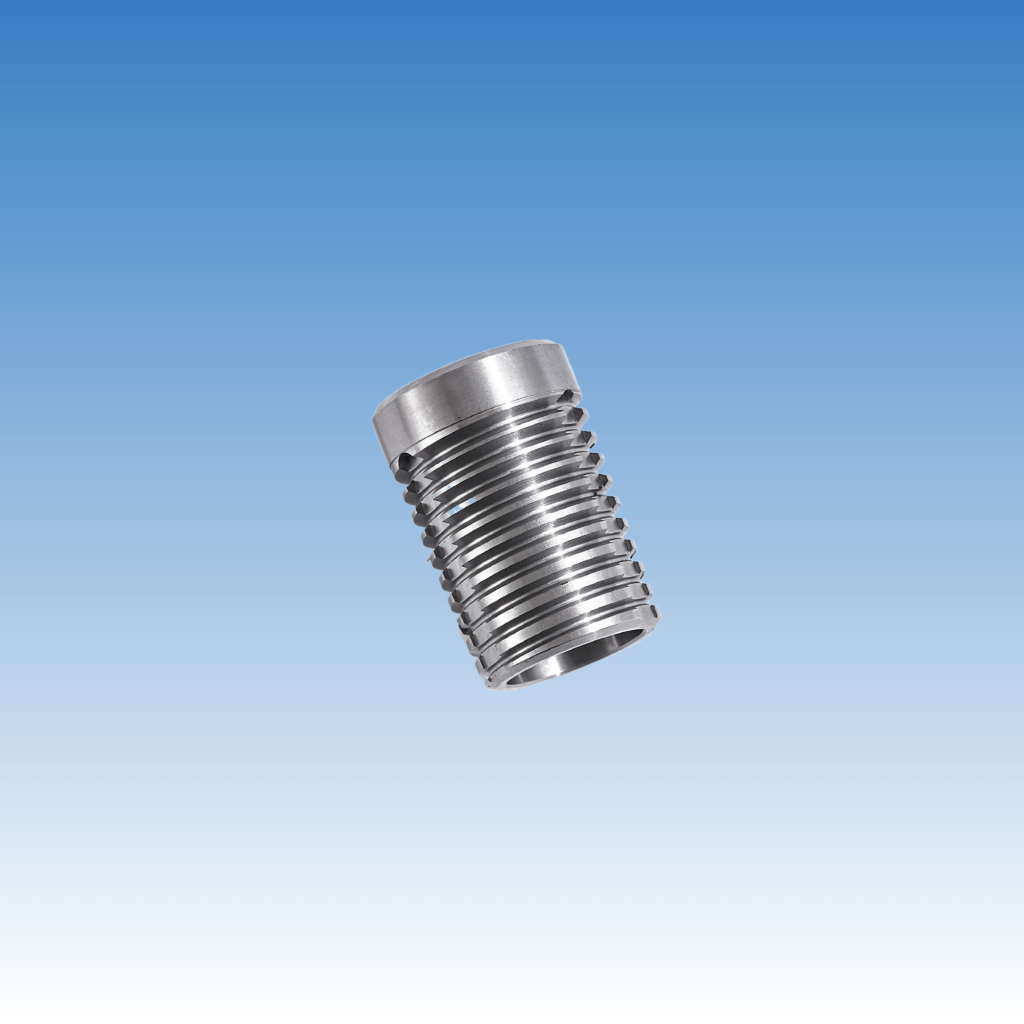
The standard gives engineers and buyers a common language when selecting stainless fasteners. It defines chemical and mechanical requirements, so a buyer in Germany and a supplier in China can align fastener quality—without surprises. If you know the difference between A2-70 and A4-80, you're already ahead. But if you're not sure what "A2" even means, keep reading.
What are the stainless steel grades?
Not all stainless steel fasteners are created equal. Some resist rust better. Others are stronger. Knowing the grade makes all the difference.
ISO 3506 defines stainless fasteners by material group (A1–A5) and property class (like 50, 70, 80), which together specify corrosion resistance and mechanical strength.

Breakdown of ISO 3506 material groups and applications
The ISO 3506 standard covers four main categories of stainless steels used in fasteners:
| Group | Typical Alloy | Main Characteristics | Common Uses |
|---|---|---|---|
| A1 | 303 | High machinability, lower corrosion resistance | Low-load indoor uses |
| A2 | 304 | Good corrosion resistance, general purpose | Machinery, furniture, appliances |
| A3 | 305 | Higher nickel for better corrosion resistance | Similar to A2, but rare in fasteners |
| A4 | 316 | Superior corrosion resistance (marine grade) | Chemical, marine, food processing |
| A5 | 316L | Like A4 but with higher strength and weldability | Specialty industrial applications |
The second part of the grade is the property class—this shows strength. For example, A2-70 means it's 304 stainless with 700 MPa tensile strength. A4-80 is 316 stainless with 800 MPa strength.
ISO 3506 doesn't cover high-temperature stainless steels or duplex grades. It's for general-purpose fasteners like bolts, nuts, screws, and washers.
Which is better 304 or 316 stainless steel fasteners?
Many customers ask this when buying fasteners for outdoor or corrosive use. The answer depends on where and how they’ll be used.
316 stainless steel fasteners (A4) offer better corrosion resistance than 304 (A2), especially in saltwater, acids, or chemicals, but they cost more.
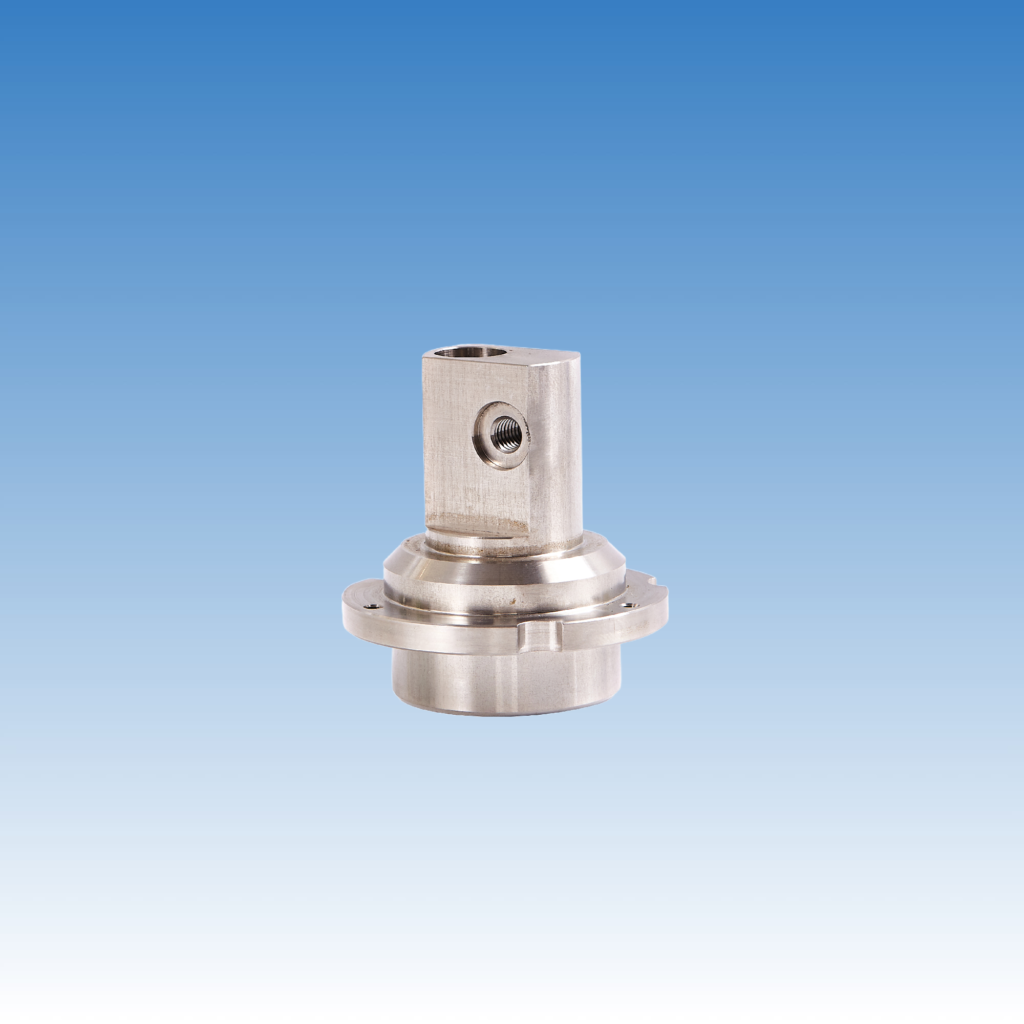
Compare A2 vs A4 fasteners
The main difference is the added molybdenum (about 2–3%) in 316, which improves resistance to pitting and crevice corrosion—especially in chlorides.
| Feature | A2 (304) | A4 (316) |
|---|---|---|
| Corrosion Resistance | Good | Excellent (marine grade) |
| Chemical Resistance | Moderate | High |
| Cost | Lower | Higher |
| Magnetic Properties | Low magnetic | Non-magnetic |
| Typical Use | General industry, indoor | Marine, chemical, outdoor |
If you’re supplying to automotive or home appliance companies, A2 may be enough. But if your customer works with boats, chemicals, or food equipment, A4 is a safer bet. Sometimes I suggest stocking both, so clients can choose depending on their budget and application.
What is the ASTM standard for stainless steel fasteners?
Some customers don’t work with ISO—they use ASTM standards instead. It’s important to know how the two relate.
The ASTM A193 and A194 standards cover stainless steel bolts and nuts respectively, with similar but not identical grades to ISO 3506. ASTM standards also define high-temperature and pressure applications.
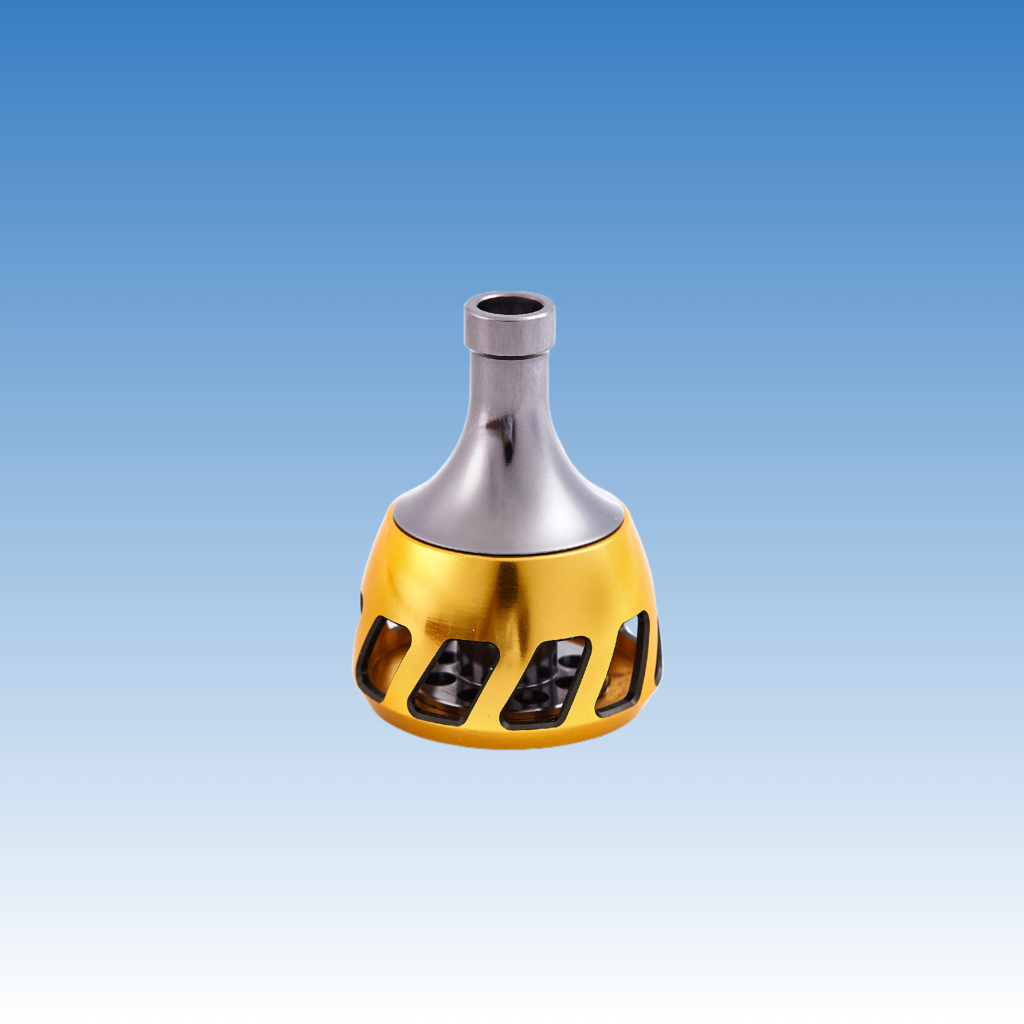
Key ASTM equivalents and how to compare
Many stainless fasteners are dual-certified under both ISO and ASTM. But property classes and test methods vary. Here’s a rough comparison:
| ISO 3506 Grade | ASTM Equivalent | Notes |
|---|---|---|
| A2-70 | A193 B8 Class 1 | 304 stainless, general use |
| A4-70 | A193 B8M Class 1 | 316 stainless, corrosive use |
| A4-80 | A193 B8M Class 2 | Heat-treated 316, higher strength |
| A1 | None (low strength) | Used for light-duty applications |
ASTM fasteners usually come with more detailed mechanical and chemical test requirements. If your customer specifies ASTM, make sure your supplier understands this. Otherwise, you risk mismatched specs.
How do I know if I have 304 or 316?
Sometimes there’s no clear marking. A customer sends you samples, or you receive a mixed batch. You need to confirm the material type—fast.
The best way to identify stainless steel grade is through a material test report (MTR) or positive material identification (PMI) using X-ray fluorescence or spectrometry.
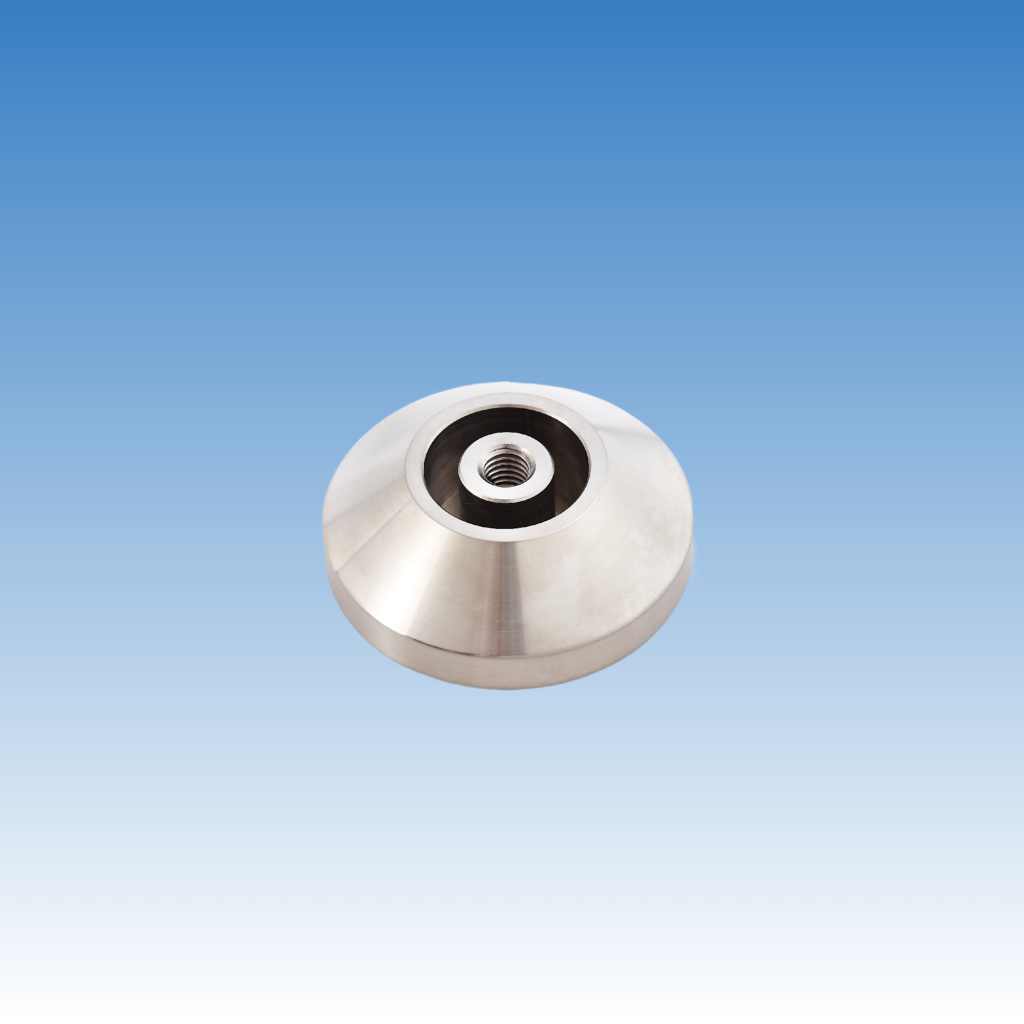
Practical ways to verify stainless grades
Here’s what I recommend if you’re trying to confirm the material type:
- Check documentation: Ask for a mill certificate or test report from the manufacturer.
- Look at color or finish: A4 fasteners often have a slightly darker finish, but it’s not reliable.
- Use magnet test: 304 and 316 are both austenitic and usually non-magnetic, but cold working can make them slightly magnetic.
- Send for lab testing: For big orders, invest in spectrometry or XRF testing. It can detect exact alloy composition including molybdenum.
Testing is especially important if you’re sourcing from different suppliers. I’ve had cases where two factories claimed to supply A4, but only one had molybdenum in the test. That’s the difference between a returned shipment and a satisfied client.
Conclusion
Knowing ISO 3506 stainless grades helps avoid confusion, poor performance, and rework. Choose the right grade for the job—and always check the material.

